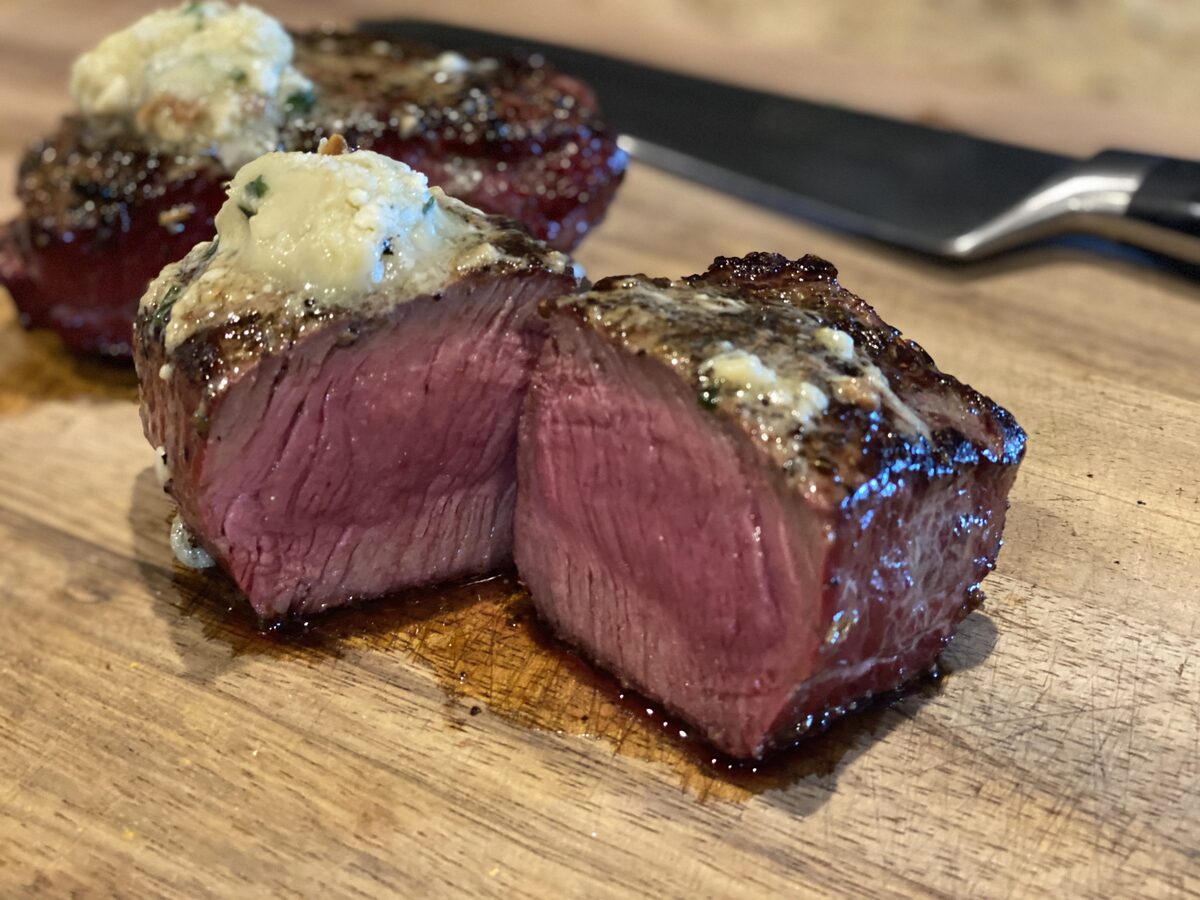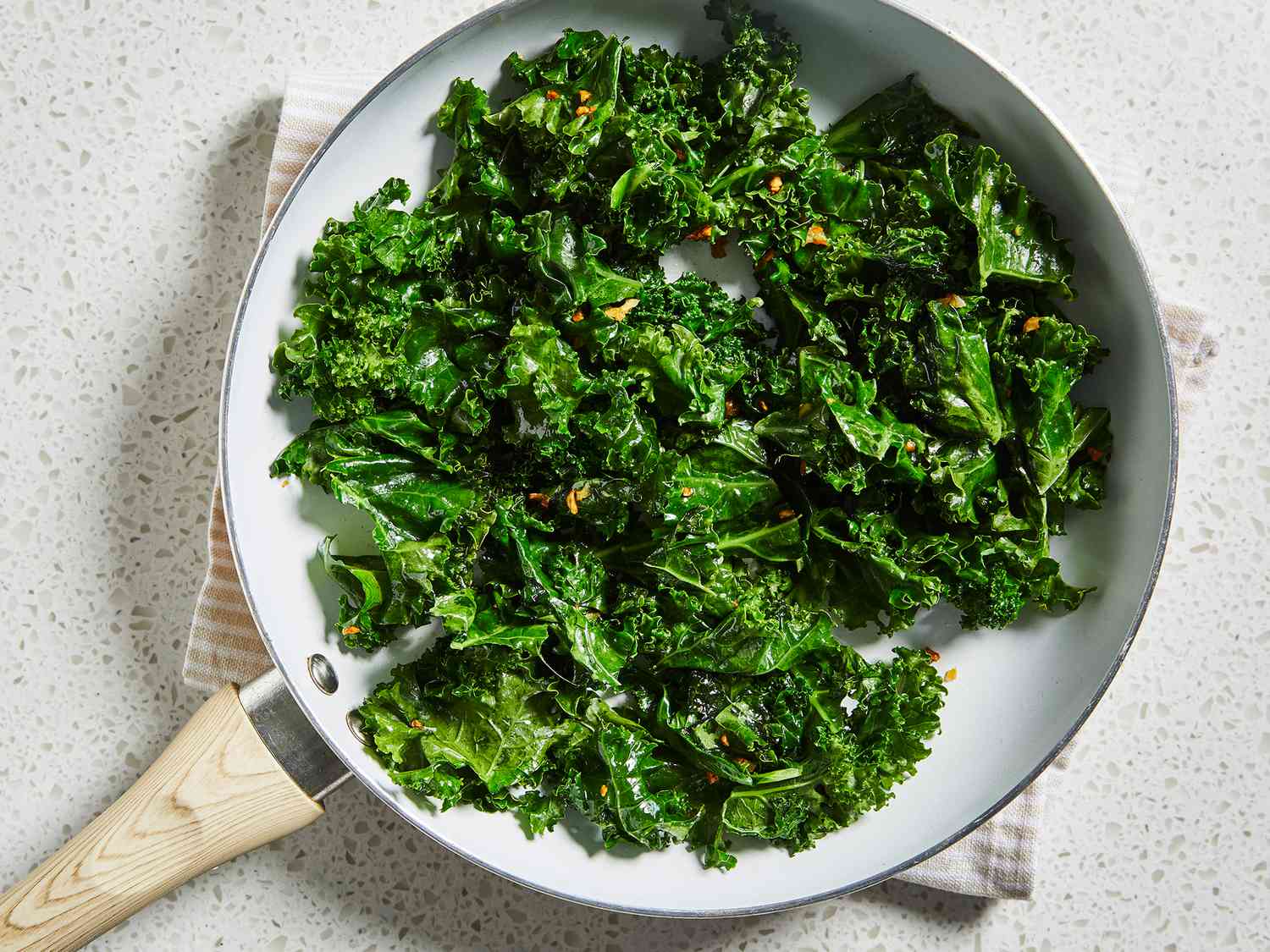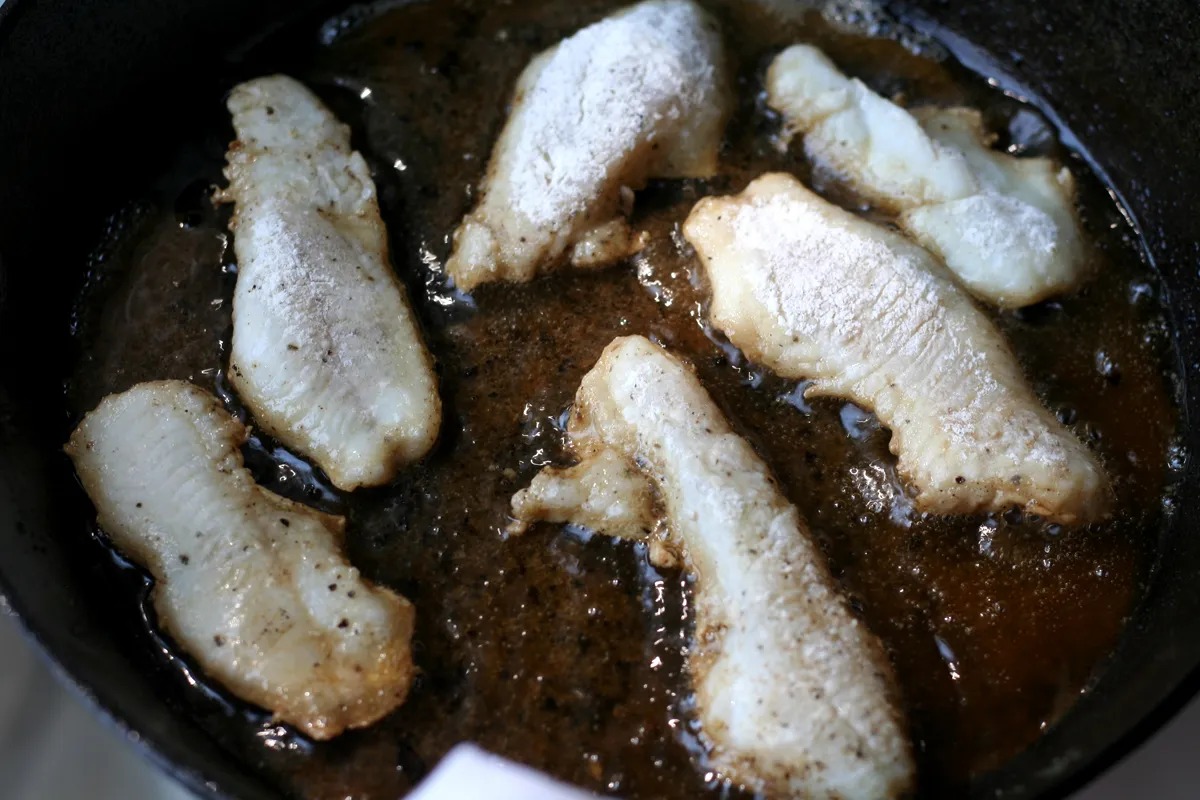How To Fry Eggplant: A Complete Guide to a Delicious and Healthy Dish
Are you looking for a versatile and tasty vegetable to add to your repertoire? Look no further than eggplant! This glossy purple vegetable is not only packed with nutrients, but it can also be transformed into a mouthwatering dish through the art of frying. In this article, we will share with you a step-by-step guide on how to fry eggplant to perfection.
1. Choose the right eggplant:
Before diving into the frying process, it is essential to select the perfect eggplant. Look for an eggplant that is firm to the touch with shiny skin and no blemishes. Avoid eggplants that feel mushy or have wrinkled skin.
2. Prepare the eggplant:
- Wash the eggplant thoroughly under running water.
- Trim off the stem and slice the eggplant into round or rectangular shapes, depending on your preference.
- Place the eggplant slices on a paper towel and lightly sprinkle salt on both sides. Let them sit for about 20 minutes to remove any excess moisture.
3. Set up your frying station:
- Choose a non-stick pan or skillet for frying. Make sure it is large enough to hold all the eggplant slices in a single layer.
- Add enough cooking oil (vegetable or olive oil) to the pan to cover the bottom with a thin layer.
- Heat the oil over medium heat until it shimmers but does not smoke.
4. Coat and fry the eggplant:
- Pat dry the eggplant slices with a paper towel to remove the excess salt and moisture.
- In a shallow bowl, whisk together eggs and a pinch of salt. In another shallow bowl, place breadcrumbs or flour.
- Dip each slice of eggplant first into the egg mixture, coating it thoroughly, and then into the breadcrumbs or flour, pressing gently to adhere.
- Carefully place the coated eggplant slices into the preheated oil, avoiding overcrowding the pan.
- Fry the eggplant for about 3-4 minutes per side or until golden brown and crispy. Use a spatula to turn the slices halfway through.
- Transfer the fried eggplant slices to a plate lined with paper towels to drain excess oil.
5. Serve and enjoy:
Once the fried eggplant slices have cooled slightly, they are ready to be enjoyed! Serve them alongside your favorite dipping sauce or incorporate them into a variety of dishes such as sandwiches, salads, or pasta.
Health tip:
Fried eggplant can be a healthy addition to your diet if prepared correctly. By baking or air-frying the eggplant slices instead of deep-frying them, you can reduce the amount of oil and calories while still achieving a crispy texture.
Now that you know how to fry eggplant, get creative in the kitchen and experiment with different spices and seasonings to enhance the flavor. Whether you serve it as an appetizer, a side dish, or the star of a vegetarian meal, fried eggplant is sure to impress your taste buds and satisfy your cravings.
Was this page helpful?
Read Next: How To Fry Plantains











